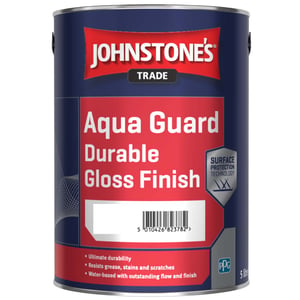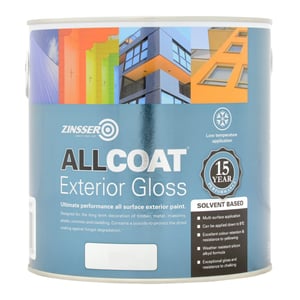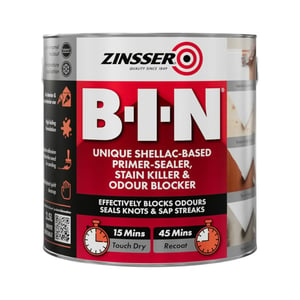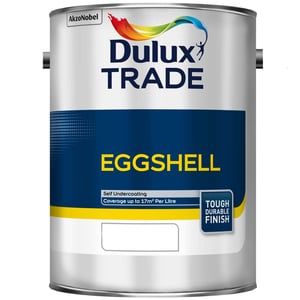Oil Vs Water-Based Paints

Which is better, oil-based or water-based paints? As a decorator, you’re likely asked this question often, and the answer is usually, 'it depends.' Today, there’s a paint for every need, each with its own pros and cons. Thanks to advancements in water-based paint technology, these paints often come out ahead in terms of benefits. However, always check the product label and description before selecting your preferred paint - especially if you’re straying away from a trusty favourite.
What are water-based paints?
Water-based paints are made from a wide variety of materials, including water. As there are other chemicals included in the production, there are environmental and health impacts however these are typically less than oil-based counterpart paints. As water-based paints are less harmful to the environment, they are considered safer and have lower level of VOCs than oil-based paints.
What are the benefits of water-based paints?
Fast drying time
Water-based paints dry more quickly than oil-based paints because water evaporates faster than the solvents used in oil-based formulas. This allows for a faster touch-dry surface and speeds up your project, as you can apply a second coat sooner.
Wide-variety of colours available
Water-based paints are available in thousands of colours, at The Paint Shed we offer paint colour matching so you can choose any colour you want in any water-based, or oil based, paint.
Low odour
Water-based paints contain significantly lower levels of volatile organic compounds (VOCs) compared to oil-based paints. As a result, they produce much less odour during the drying and curing process. With proper ventilation, rooms can be used sooner after painting. Discover low VOC paints.
Easier to wash brushes as no chemicals are required
Water-based paints are easier to clean from brushes because they contain water and fewer chemicals than oil-based paints. To restore your brushes, simply wash them with warm water and a bit of dish soap.
Safer disposal
Water-based paints are less toxic than oil-based ones, making them easier to dispose of. Once the paint is dried out, it can be safely thrown out with general waste. Ensure the lid is removed and keep the paint away from children and pets during the drying process.
Our most popular water-based paints:
How do water-based paints compare to the benefits of oil-based paints?
Oil-Based | Water-Based |
Tend to have better flow | Faster drying times |
Higher shine when using a gloss finish | Low odour |
Highly durable | Low VOC, better for the environment |
What are oil-based paints?
Oil-based paints use oil as their main component, making them slightly more durable and better at resisting stains. However, advancements in water-based technology have led to the development of thousands of highly durable water-based paints.
Why opt for oil-based paints?
Choosing an oil-based paint ultimately comes down to personal preference. While oil-based paints were more popular in the past, advancements in water-based paints have made them increasingly popular instead. Unlike oil-based trim paints, water-based options do not yellow over time. Some oil-based paints are better suited to exterior environments, like stairways, doors and trim, where a long-lasting, durable finish is of utmost importance.
Our most popular oil-based paints
What are the cons of oil-based paints?
Oil-Based | Water-Based |
Strong odour | Can be more expensive (although not always) |
Whites can yellow in time | Lower opacity |
White spirit or chemicals required for clean-up | Requires a primer if being applied over old oil-based paint |
Long drying times | Not as high a shine from gloss finishes |
High VOCs, not good for the environment |










